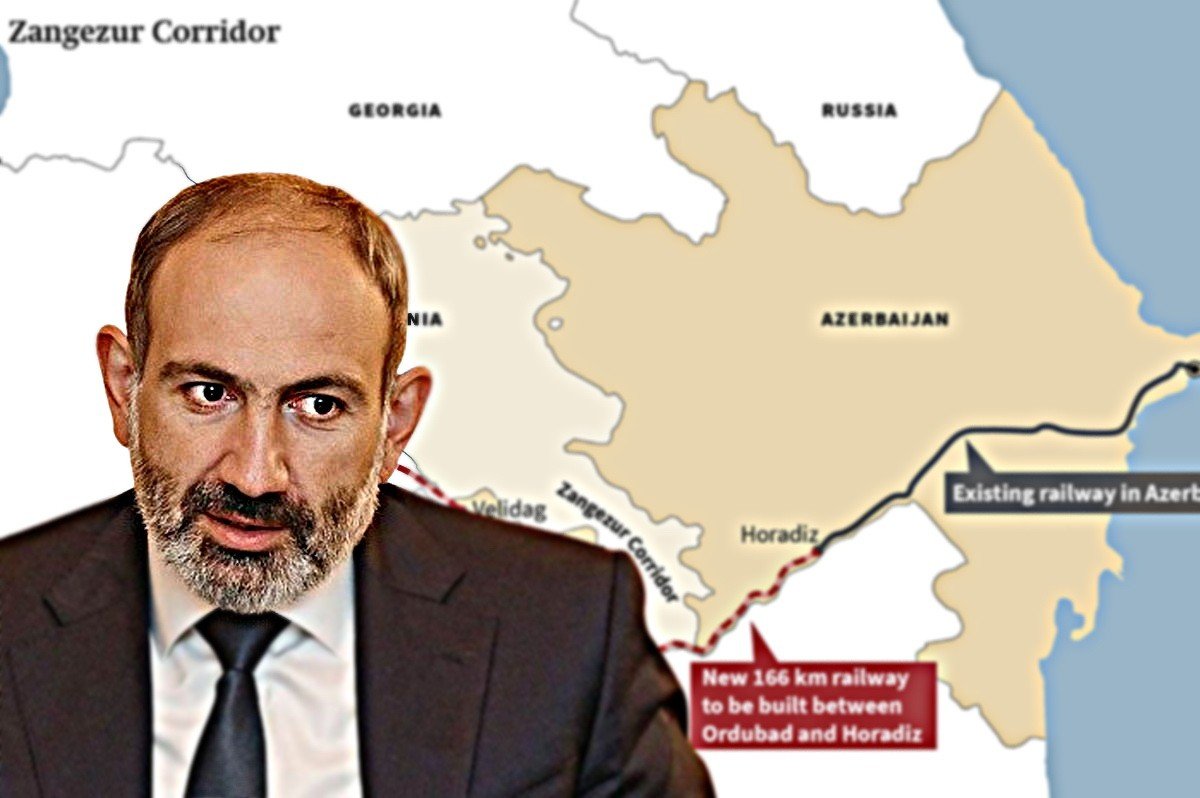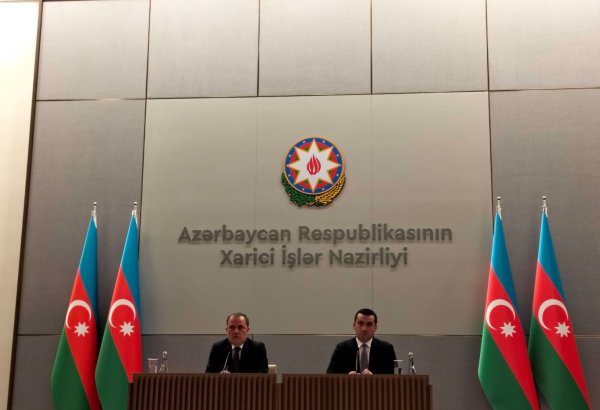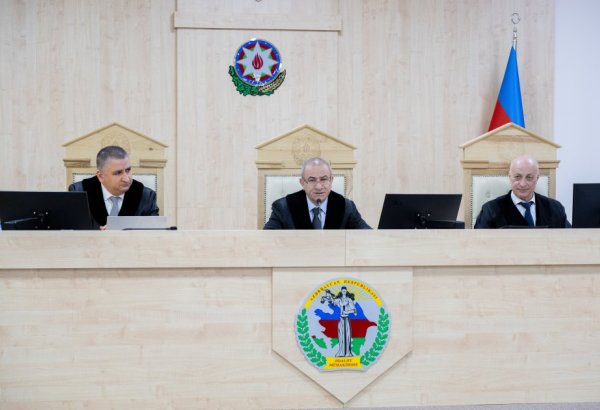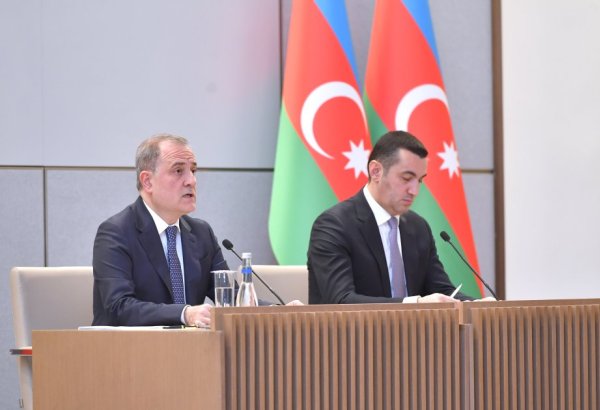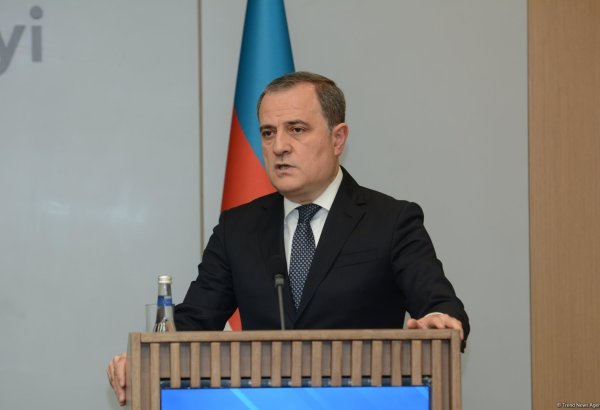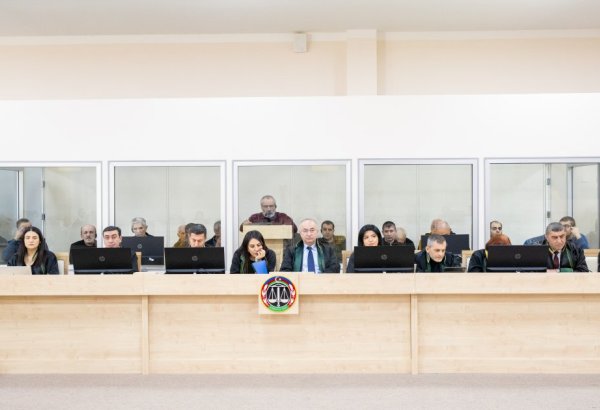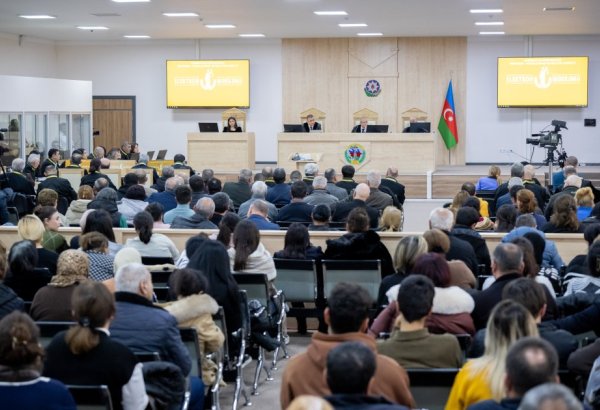BAKU, Azerbaijan, November 6. Armenian Prime Minister Nikol Pashinyan has unveiled his vision for a streamlined Zangezur Corridor, an ambitious proposal introduced at the BRICS summit on October 24 in Kazan, TurkicWorld reports referred to Bakunetwork.
Armenian Prime Minister Nikol Pashinyan has unveiled his vision for a streamlined Zangezur Corridor, an ambitious proposal introduced at the BRICS summit on October 24 in Kazan. The plan, outlined by Armenia’s State Revenue Committee head Rustam Badasyan, hinges on electronic data sharing for cargo—a move aimed at easing the flow of goods through Armenia.
Armenia’s Offer: Cutting the Red Tape on Transit
Badasyan explained that several options are on the table to facilitate transit between Azerbaijan’s western regions and Nakhchivan via Armenia. Leveraging its existing experience with Georgia, Armenia has found that pre-clearance data exchanges can help cut down import procedures and reduce customs bottlenecks. Armenia is also floating the idea of pre-shared scanned cargo images, a measure designed to mitigate security risks and expedite border checks.
Reaching Out: Armenia Looks to Build Regional Bridges
Armenia is signaling a fresh approach toward its neighbors, aiming to establish smoother links across borders. With Iran, Armenia is pursuing simpler customs and transit processes, while talks with Georgia focus on shared customs control. Armenia has expressed interest in similar arrangements with Azerbaijan, although formal discussions with Azerbaijani tax and customs agencies haven’t materialized yet.
Digital Data for the Win
Electronic data exchange has become a go-to strategy in international logistics, offering a modern solution to streamline movement in key transit corridors. Azerbaijan is already using these systems along its “Middle Corridor” and “North-South” routes, which help slash processing times and beef up transit capacity. If adopted in the Zangezur Corridor, this system could be a game-changer, speeding up shipments from western Azerbaijan to Nakhchivan.
A New Chapter in Transit Talks
In Kazan, the Armenian and Azerbaijani deputy prime ministers took steps toward border delimitation, signing onto a new protocol to manage document exchanges for border clarification. Talks held in Kazakh underscored a key pivot toward finalizing transport arrangements.
Is an Armenia-Azerbaijan Gas Deal on the Horizon?
The notion of Armenia tapping into Azerbaijani gas is sparking widespread debate. Pashinyan has hinted at the possibility of gas imports from Azerbaijan, pending a peace deal. Speaking at the World Armenian Summit in Yerevan in September, he even suggested that Armenia could consider both importing and transiting Azerbaijani gas to Turkey or Nakhchivan—a significant shift in regional dynamics if realized.
Energy Alternatives: Armenia’s Tug-of-War with Russia and Iran
Currently, Armenia sources most of its gas from Russia, supplemented by Iranian imports. Keen to loosen Moscow’s grip on its energy sector, Armenia is eyeing Azerbaijan as a potential diversification play. Experts point out that reviving the Soviet-era Kazakh–Yerevan pipeline would be relatively cost-effective, yet Azerbaijan may be more inclined to prioritize its European buyers, where it commands a higher price per cubic meter.
Energy Independence vs. Russian Influence
Could Azerbaijani gas imports be a lifeline for Armenia’s energy autonomy? In theory, yes. But it’s complicated. Russia, which supplies Armenia at a rock-bottom $165 per thousand cubic meters, uses this price advantage as a soft power lever. If Armenia were to opt for higher-priced Azerbaijani gas, it could start to break free from Moscow’s hold, though such a shift would undoubtedly come with economic and political costs.
The Future of Armenia-Azerbaijan Energy Talks
While pricing and availability remain open questions, Armenia’s willingness to explore Azerbaijani gas signals a potential pivot away from Russia. Even with potential tariff hikes, Armenia appears ready to pursue new pathways toward energy independence, marking what could be a significant recalibration in the South Caucasus energy landscape.








